Sticker shock is spreading as familiar brands quietly pass along tariff costs to loyal shoppers.

Boomers notice price creep faster than most because you actually remember what a gallon of detergent used to cost. This year, the quiet nudge has turned into a shove across everyday essentials, apparel, toys, and even auto parts as companies pass along tariff-driven costs.
You can still shop smart, but it helps to know who’s raising prices and why. Here’s what’s changing, where it may sting, and a few practical ways to adapt without feeling nickeled and dimed at the register.
1. Procter & Gamble is lifting prices on everyday staples to offset a billion-dollar tariff bill.
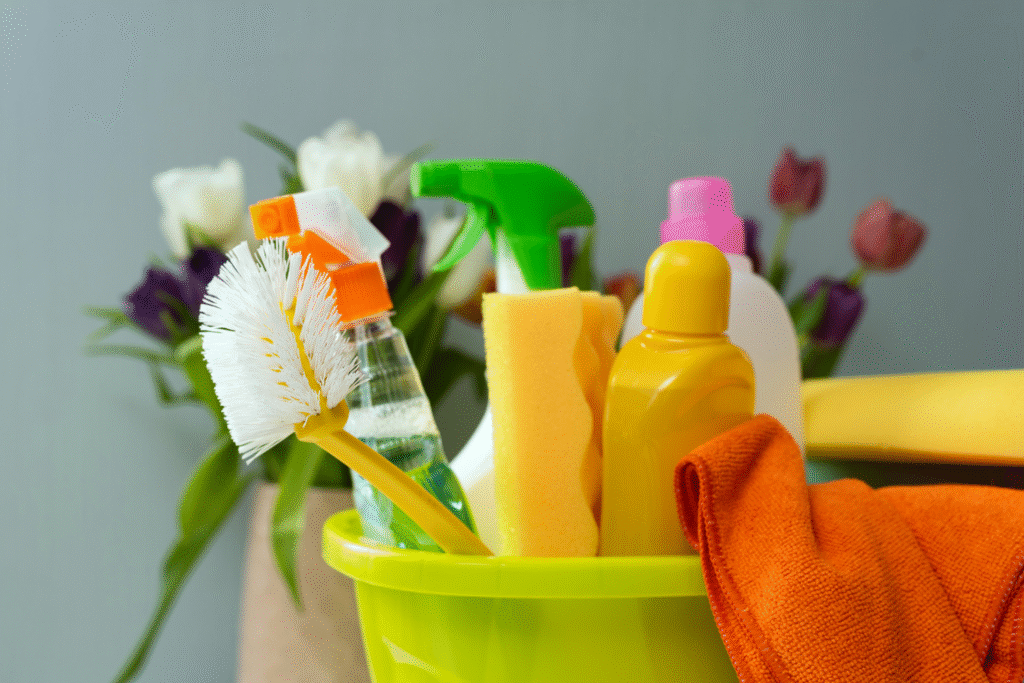
P&G says roughly a quarter of its lineup is moving higher, and it’s not the fancy stuff. Think toilet paper, dish soap, shampoo, and laundry detergent—the backbone of a stocked closet. Executives peg the increases to about $1 billion in tariff-related expenses rolling into fiscal 2026, which tells you the pressure isn’t a blip. Those “family size” jugs that used to feel like a bargain will creep up first, then the smaller bottles follow.
My advice is simple: set a target price per load or per ounce and buy on promotion. Warehouse clubs, private labels, and subscription deals can still beat shelf price. Also watch for “shrinkflation” tactics—count sheets, ounces, and pump sizes before assuming the old brand is still the better buy.
2. Adidas is signaling higher u.s. sticker prices as tariff costs pile up on asian-made gear.
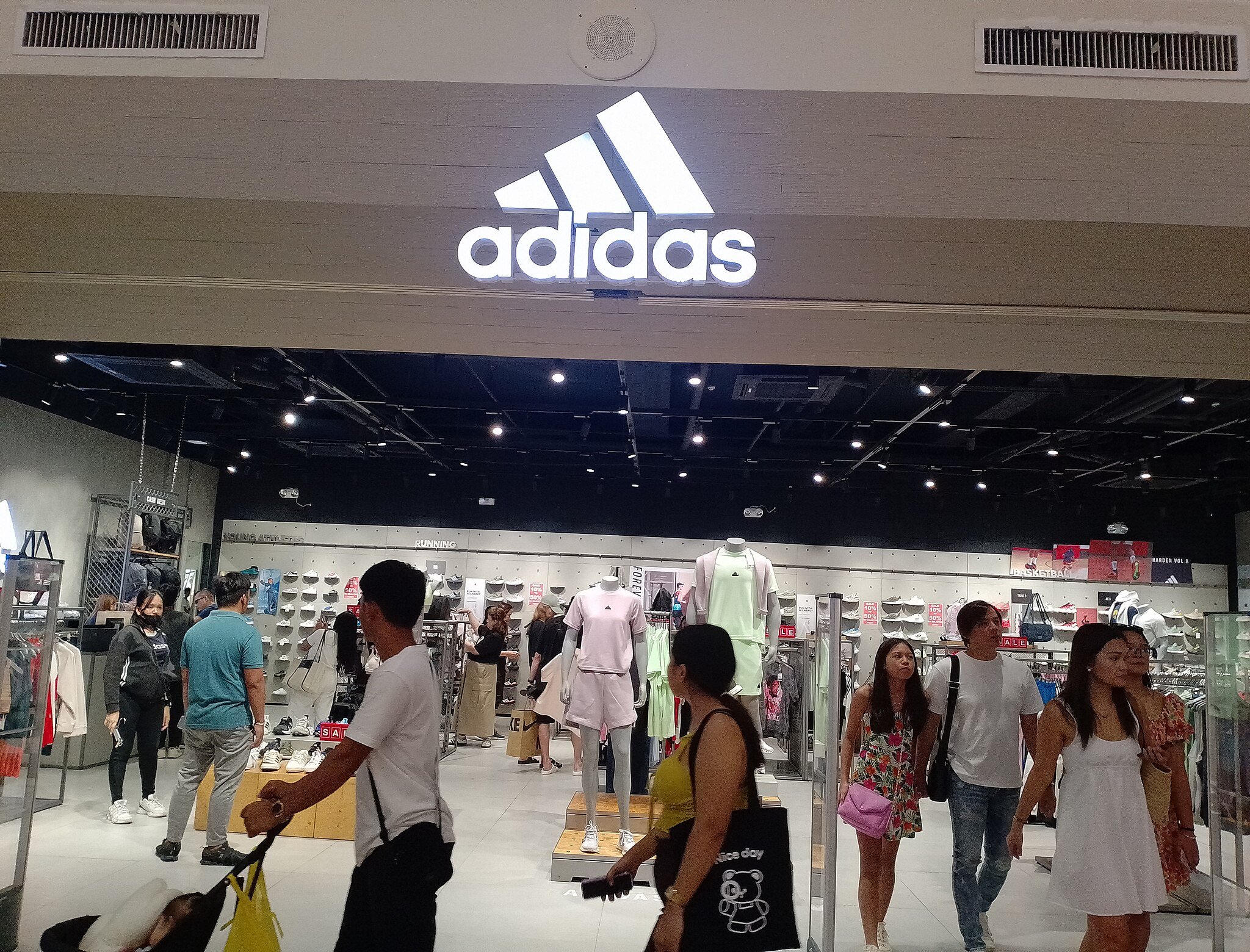
Adidas warned that an extra $231 million in tariff-linked costs could push U.S. prices higher, particularly on footwear and apparel produced in Vietnam and Indonesia. That matters because these factories supply a huge share of the brand’s mainstream lines. The jump won’t hit every shoe at once, but new drops and high-demand models will absorb the increases first. Legacy styles may hold for a season, then quietly inch up.
If you like a specific model, consider grabbing a backup during outlet promos and end-of-season sales. Cross-shop retailer exclusives, because some chains lock in earlier pricing for set assortments. And don’t sleep on performance-wear brands from retailers’ in-house labels; many are made in the same regions without the marquee price.
3. Walmart is rolling through late-spring increases on groceries, electronics, and toys.
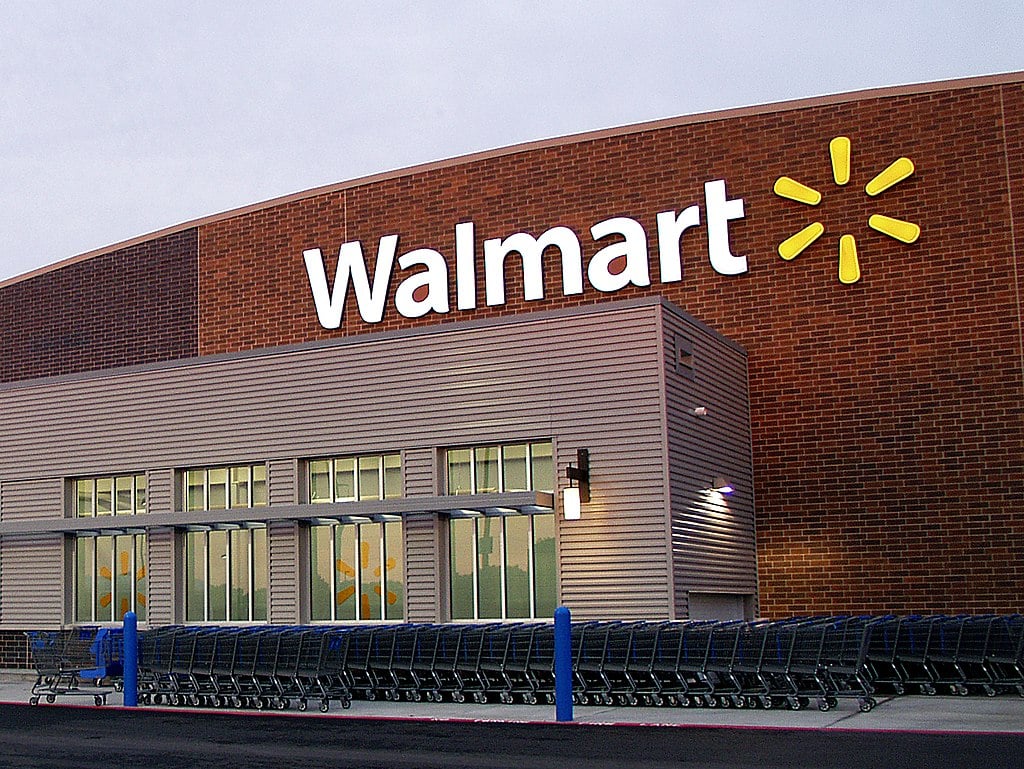
Walmart began nudging prices higher in late May and into June 2025 across categories most boomers touch weekly: bananas, avocados, and coffee joined toys and electronics on the upward track. The company remains aggressive on overall value, yet tariffs add friction even at Bentonville scale. Expect selective “surgical” increases, especially on private brands that rely on imported components, while opening price points stay intact to preserve the low-price image.
Timing your cart helps. Produce swings with seasonality, so lean into peak harvests and swap to frozen when fresh jumps. For coffee and small electronics, look for bundle deals and gift card promos. Auto-replenish programs sometimes keep legacy pricing for a cycle or two—use that window, then reassess.
4. Nike is planning a surgical price increase starting in fall to offset new tariff costs.
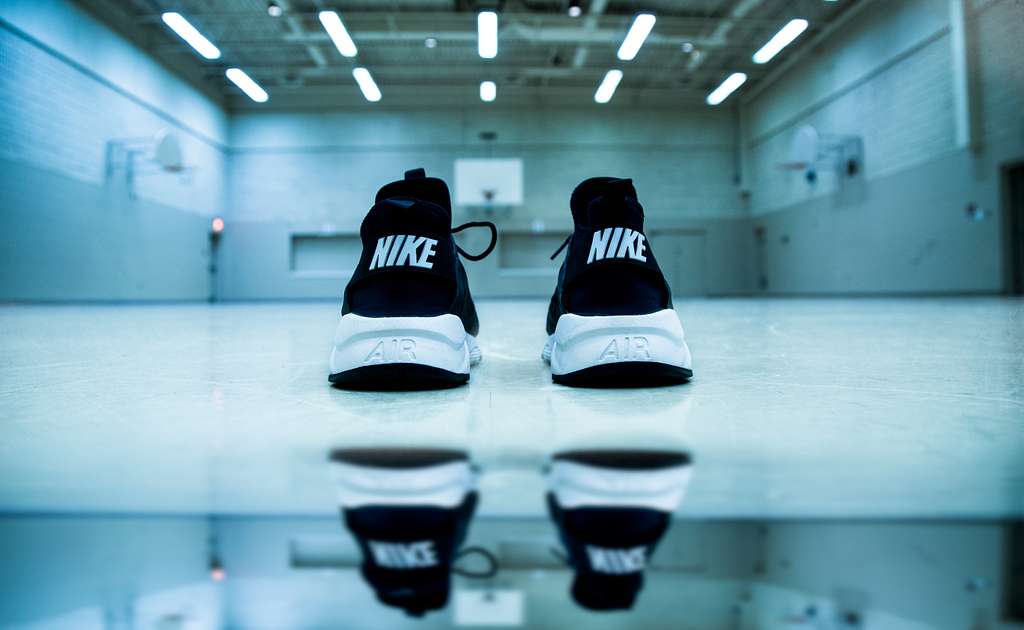
Nike’s language—“surgical price increase”—tells you this won’t be across-the-board chaos, but it will be precise and noticeable on flagship footwear and core apparel. The brand is targeting fall 2025 for rollouts as it absorbs roughly $1 billion in additional tariff costs. Expect classic styles like Air Force and Pegasus to hold closest to full price, while seasonal colorways and apparel capsules carry the lifts first.
Loyalists can work the calendar. Back-to-school and Black Friday still deliver the best clearance windows for last season’s colorways. For everyday walking or gym mileage, consider performance lines from Nike’s rivals or the brand’s own value tiers, which often mirror tech at lighter prices. Sign up for member-only promos; those codes offset the “surgical” edge.
5. Home depot is nudging prices in tariff-sensitive aisles, not the whole store.
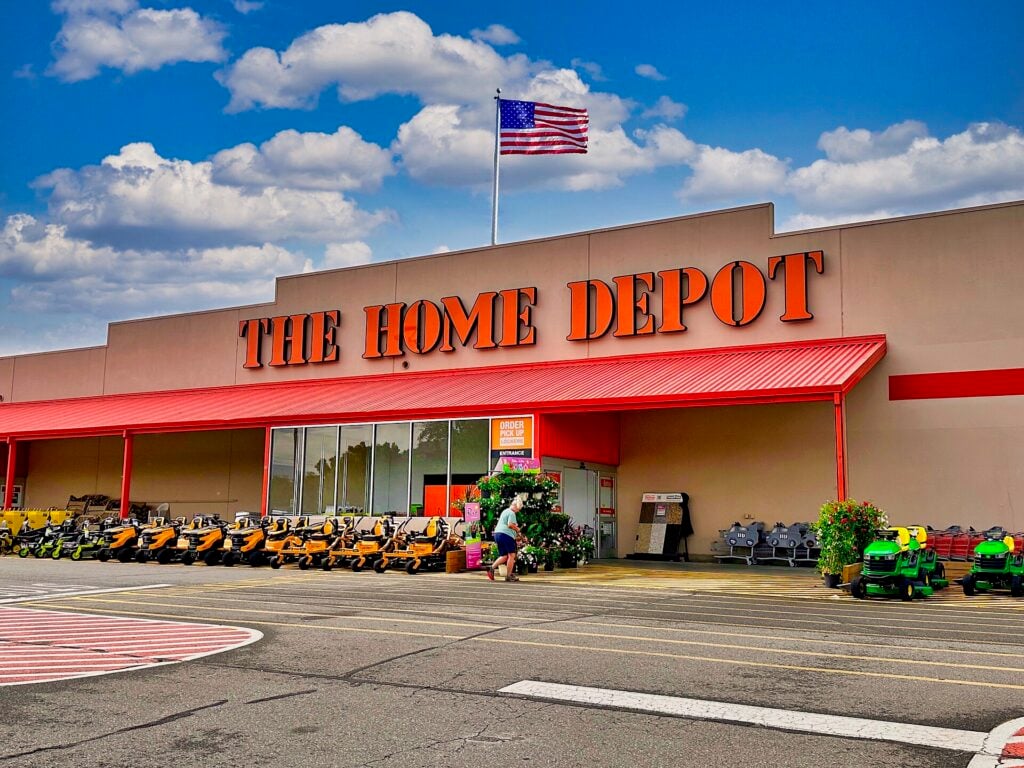
Home Depot leans on U.S.-sourced goods for much of its assortment, which blunts the blow. Still, imported categories—lighting, seasonal décor, certain tools, and plumbing fixtures—are catching modest increases. The good news is lumber, drywall, and many building staples aren’t moving in lockstep, so larger projects won’t necessarily balloon. You’ll feel it more when refreshing fixtures or buying small appliances with imported components.
Plan projects by parts list, not room. Price the fixture, valves, and trim kits together across retailers; then lock purchases during holiday sales (Memorial Day, Labor Day). Consider pro desk quotes if your cart tops a threshold—you don’t need to be a contractor to ask. And keep your receipt; returns and price adjustments remain useful levers.
6. Mattel is raising toy prices now and keeping the door open for more if tariffs escalate.
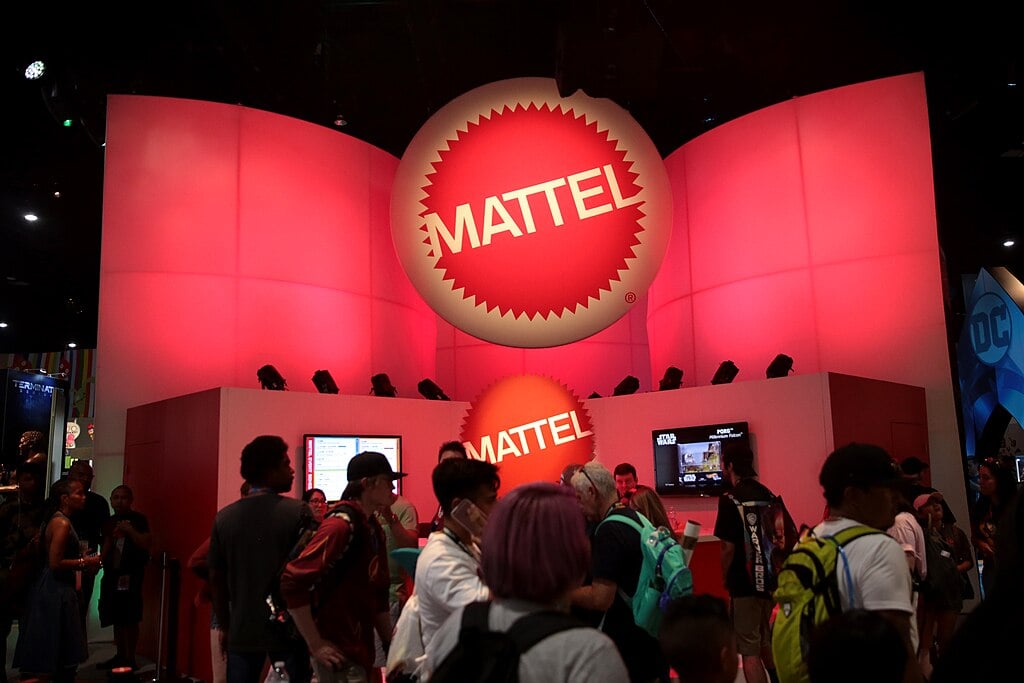
Toy aisles aren’t immune. Mattel has already pushed increases to offset higher import costs, and executives have hinted that escalation could force another round. This shows up most with licensed lines and multi-piece sets where materials, packaging, and royalties stack. Collectible figure prices drift first, then playsets and vehicles follow as new shipments land.
Grandparent strategy: shop early for birthdays and holidays, then stash. Clearance cycles after summer movies and the first week of January are still goldmines. If you’re buying for play value, look at non-licensed sets and STEM kits that avoid the steep licensing premium. Two-for deals can outperform a single “it” toy that’s quietly climbed by five bucks.
7. Ford expects average vehicle prices to edge up as tariff costs ripple through supply chains.
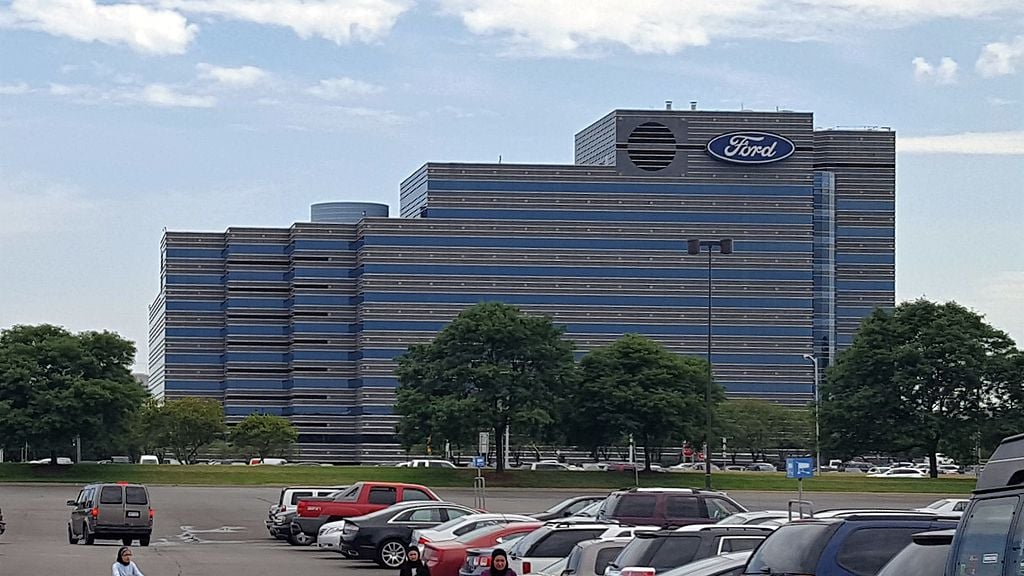
Ford has guided to roughly a 1.5% uptick in vehicle pricing tied to tariff pass-throughs and supplier adjustments. That might sound small, yet on a $45,000 crossover it’s hundreds of dollars before financing. Trims with imported components feel it first, and dealer-installed accessories can carry their own increases. Incentives may backfill part of the hike, but usually on slower-selling configurations.
Work the total out-the-door number, not the monthly payment. Ask for a written price sheet, then compare across three dealers. Consider a slightly older model year or certified pre-owned to sidestep this year’s bump. Extended warranties and protection packages are profit centers—negotiate those as fiercely as the vehicle itself.
8. Shein and Temu are adjusting price plays as tariffs erode ultra-cheap baselines.
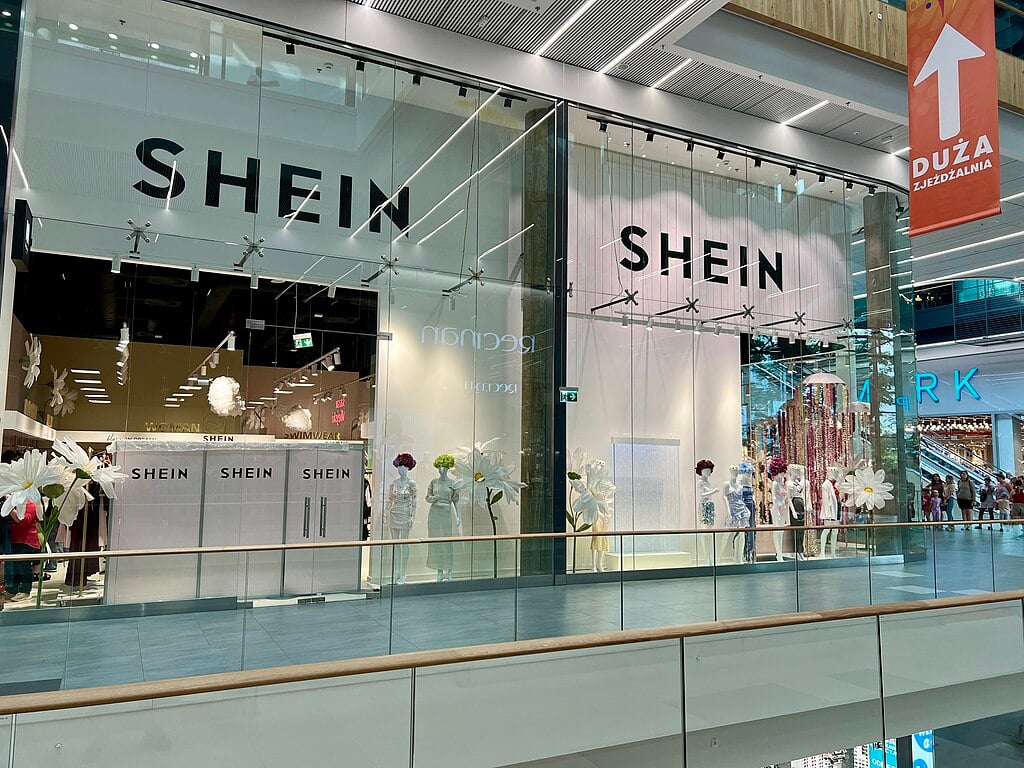
Ultra-low prices from Shein and Temu depended on razor-thin logistics and tariff structures. Higher duties squeeze those margins, so the platforms are selectively lifting list prices, adding service fees, or trimming coupon generosity. You’ll notice fewer 90%-off shockers, slightly higher minimums for free shipping, and longer delivery windows on the cheapest options. The rock-bottom deals still exist, just in narrower windows and smaller quantities.
If you’re browsing for basics, fill a wish list and wait for site-wide codes that reset cart math. Compare unit prices to big-box private labels; the delta has narrowed. And be mindful of return costs on low-ticket items. Small domestic brands on marketplace sites now compete surprisingly well once shipping and duty effects land.
9. Autozone is passing along cost pressure on imported parts and accessories.
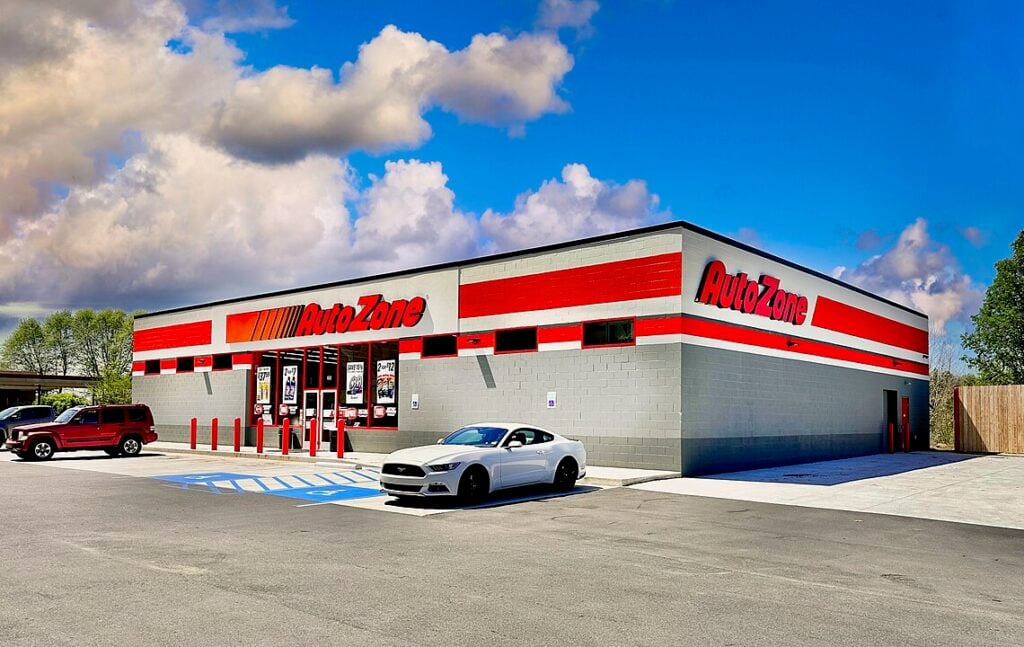
For DIY maintenance, AutoZone remains a go-to, yet categories that rely on imported metals, rubber, and electronics modules face price pressure. Brake kits, sensors, and lighting are inching up as tariffs filter through suppliers. House brands still undercut OEM pricing, although the gap has narrowed in certain components. You may also see fewer “buy three, get one free” promos on fluids and filters.
Counter this by planning maintenance in batches. Price-match across competitors and watch for rebate cycles on oil and spark plugs. Consider remanufactured parts when quality is comparable and warranties match. Loyalty programs stack over time—cash those rewards during the pricier jobs like brakes or struts.
10. Newell brands is hiking baby and home product prices, with some nursery items up sharply.
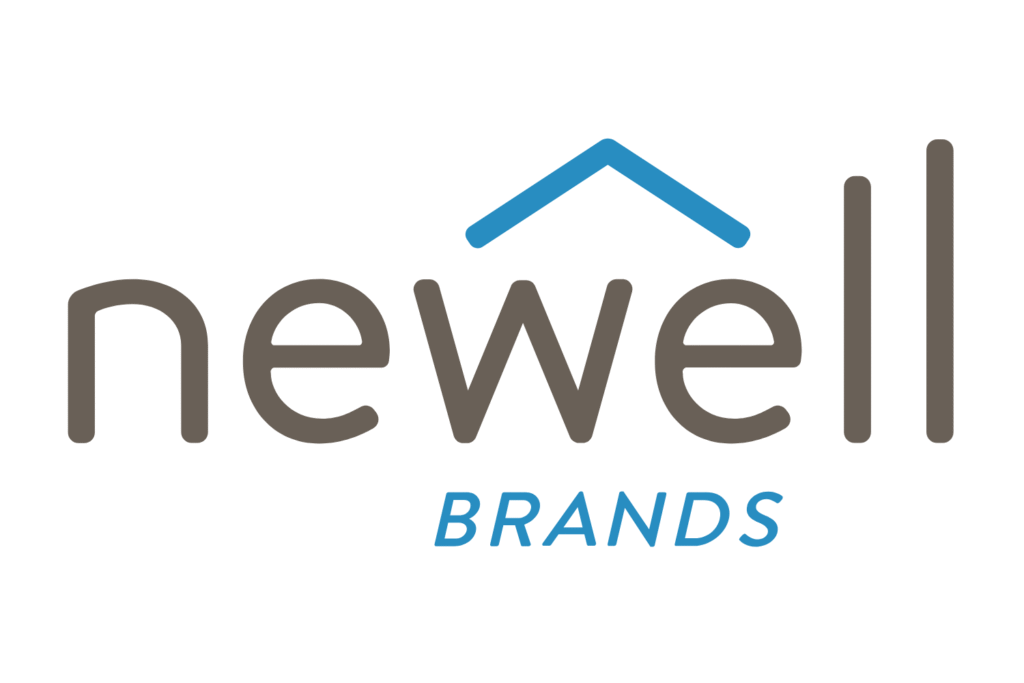
Newell Brands—behind Graco, Baby Jogger, and a slew of home goods—has raised prices where tariffs and materials costs collide, and baby products have seen some of the sharpest jumps, reportedly up around 20% in spots. Car seats, strollers, and monitor systems are complex, safety-rated, and component-heavy, which makes them tariff sensitive. The increases often trail new model refreshes that mask the change.
Grandparents helping with gear can buy smart by targeting last year’s model once the updated version appears. Check safety ratings first, then hunt for bundles that include the base or adapter you’d buy anyway. Registry completion discounts and retailer price adjustments are your best allies on big-ticket nursery buys.
